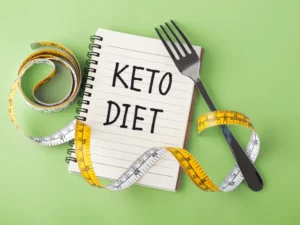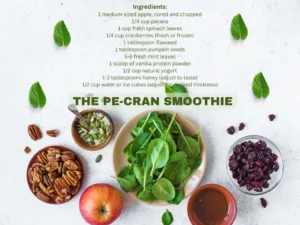The topic of dietary fats has long been shrouded in confusion and debate. Is there truly a distinction between “good” and “bad” fats, or is the story more complex than it seems? In this article, we delve into the world of dietary fats to unravel the truth behind these nutritional components and their impact on our health.
Dietary Fats: The Essentials
Before we explore the concept of good and bad fats, it’s crucial to understand the basics. Dietary fats can be categorized into several types:
- Saturated Fats: Often associated with animal products like butter, red meat, and tropical oils. They are known for being solid at room temperature.
- Unsaturated Fats: These fats are primarily found in plant-based oils and fatty fish. There are two main types:
- Monounsaturated Fats: Abundant in olive oil, avocados, and nuts.
- Polyunsaturated Fats: Rich in essential fatty acids and found in sources like fatty fish, flaxseeds, and walnuts.
- Trans Fats: Artificially created fats often found in processed and fried foods. They are widely considered detrimental to health.
The Myth of Good vs. Bad Fats
Historically, saturated fats were painted as villains in the nutrition story, blamed for heart disease. Conversely, due to their heart-healthy attributes, unsaturated and monounsaturated fats earned the title of “good” fats.
Good Fats (Unsaturated Fats): These are often called “good” fats. They include monounsaturated and polyunsaturated fats, predominantly in olive oil, avocados, and fatty fish. These fats can positively influence heart health by helping lower LDL cholesterol levels and reducing heart disease risk. For further information on the health benefits of olive oil, check out our article here.
Bad Fats (Saturated and Trans Fats): Conversely, we categorize saturated and trans fats as “bad” fats. Animal products like red meat and full-fat dairy commonly contain saturated fats, while processed and fried foods are the primary sources of trans fats. Consuming these fats excessively has been associated with raised LDL cholesterol levels and an elevated risk of heart disease. Our approach should emphasize moderation and balance rather than strictly avoiding these foods. This perspective can help individuals make informed choices that align with their dietary preferences and health goals.
Saturated Fats Re-examined
Recent research has challenged the notion that all saturated fats are uniformly harmful. The source of saturated fats matters: those from plant-based sources may not pose the same health risks as those from animal products.
The Undisputed Culprit: Trans Fats
While the debate about saturated fats continues, there is a unanimous verdict against trans fats. These artificial fats are universally condemned for their adverse effects on cardiovascular health. They raise LDL cholesterol levels, commonly called “bad” cholesterol, while simultaneously lowering HDL cholesterol levels, known as “good” cholesterol. Trans fats, in essence, are a type of fat primarily produced through an industrial process involving the addition of hydrogen to vegetable oil. This hydrogenation process transforms the oil into a solid state at room temperature. Partially hydrogenated oils, a byproduct of this process, are cost-effective and less prone to spoilage. Consequently, foods containing partially hydrogenated oils enjoy an extended shelf life. In some culinary settings, like certain restaurants, partially hydrogenated vegetable oil finds use in deep fryers due to its reduced frequency of oil replacement compared to other cooking oils.
The Balance Approach
The emphasis should be on balance rather than simplifying the issue into good and bad fats. A balanced diet includes a variety of fats, with a focus on unsaturated fats, while minimizing saturated and trans fats.

Considering Individual Diets and Lifestyles
It’s essential to acknowledge that dietary preferences and choices can vary widely among individuals. For instance, some may follow a ketogenic (keto) diet, low in carbohydrates and high in fats. While the keto diet has gained popularity for its potential benefits, including weight loss and improved insulin sensitivity, it’s crucial to remember that there’s no one-size-fits-all approach to nutrition.
The key to optimal heart health lies in adopting a diet that aligns with your lifestyle and cardiovascular history. Whether you follow a Mediterranean diet rich in olive oil or a keto diet emphasizing fats from other sources, sustainability is paramount. The most effective dietary plan is one that you can comfortably integrate into your daily life, ensuring it complements your cardiovascular well-being.
Conclusion
It’s important to note that the notion of “good” and “bad” fats is somewhat simplistic. The key lies in achieving a balanced diet that includes a variety of fats while moderating the intake of saturated and trans fats. Focusing on unsaturated fats, such as those in olive oil, remains prudent for heart health. However, the overall quality of one’s diet and lifestyle factors also play a significant role in cardiovascular well-being. Ultimately, the path to heart health is as unique as each individual. Consultation with a healthcare professional can provide valuable guidance tailored to your needs and goals, helping you balance your dietary choices and cardiovascular health.











